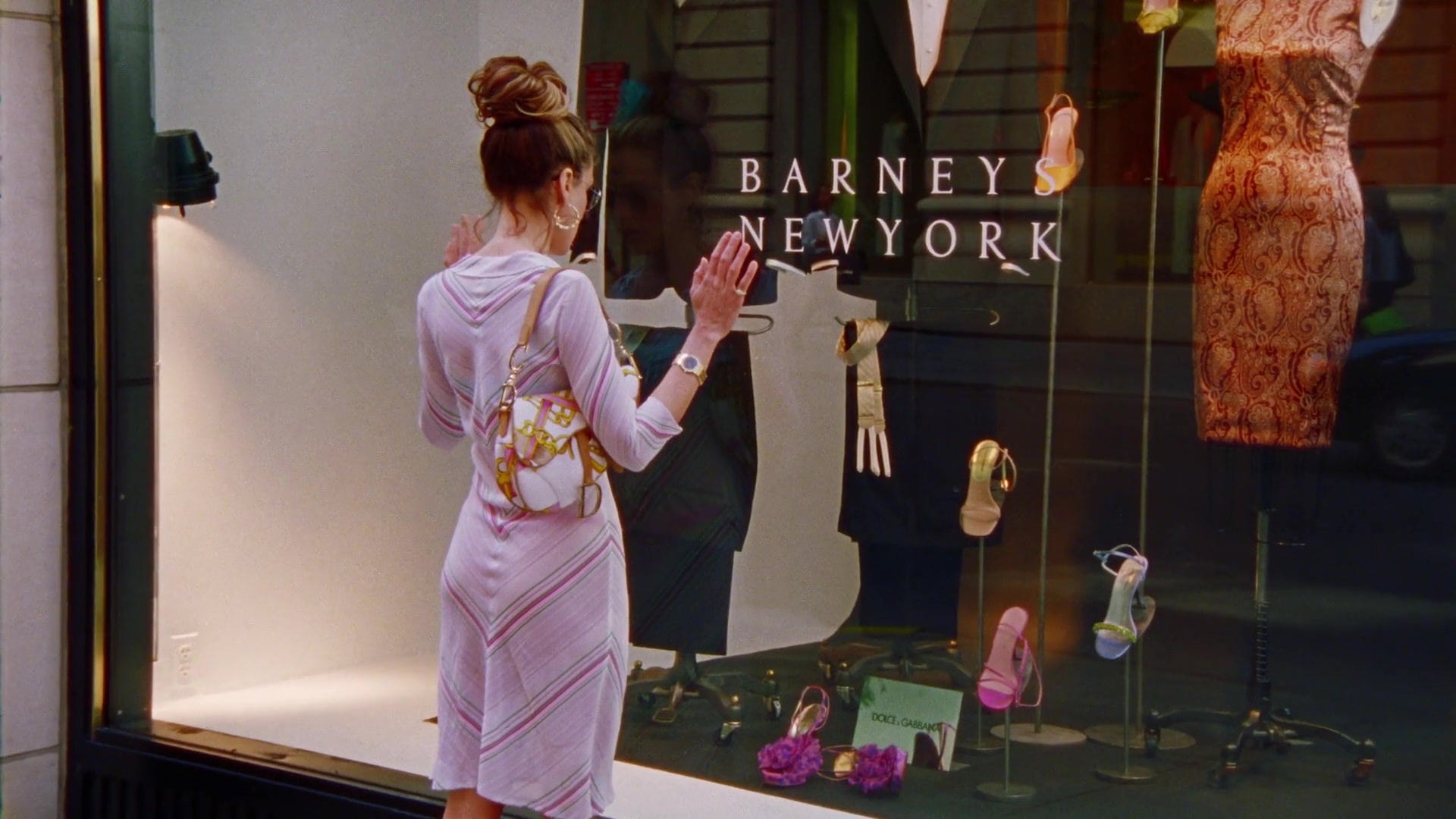- Studio Dirt
- Posts
- Craft fetishism
Craft fetishism
Leather and lore.
Want to get your hands on the sold out Dirt hat? Forward this email to three friends with [email protected] in CC and we’ll enter you to win one for free!

Illustration by Kyle Knapp
Katy Kelleher, author of The Ugly History of Beautiful Things, on why leather has yet to be duped.
Its name was Precious or, in Leonardo’s native language, Pretiosa. The intricate money bag was designed by Da Vinci in the late 1400s (historians guess the sketches were done in 1497) but it didn’t go 3-D until 2012 when the leather brand Gherardini produced, publicized, and named the purse.
Gherardini released 99 of them, available at select boutiques mostly in Italy. From pictures, you can tell that it was a pretty thing, decorated with swirls and flourishes, with rounded edges and a bulbous bottom. It looks like Da Vinci’s drawing, to some extent, although the dark leather feels severe and heavy and the size seems off, too large somehow, too clunky. Yet there it is: a luxury object cloaked in the status of fine art—not as precious as the Mona Lisa, of course, but from the same hand that made the masterpiece.
The handbag is real; the handbag is fake. Da Vinci didn’t make purses. This is just a modern imagining of what his sketch could look like. It is made of real animal hides, and production of the purse was limited to a small batch, affirming that Pretiosa is truly a rare item. It functions as a luxury handbag should: It holds things and holds up. I’m assuming this is true, for that’s why designers and manufacturers and, as a result, consumers use and prefer leather. It wears well.

Our history of using leather accessories dates back to prehistoric times. Ötzi the Iceman, the Stone Aged mummy who inspired one of Brad Pitt’s ugliest tattoos, was found wearing a “hard-core leather outfit” that included a hat made of bear pelt and a quiver made from roe deer. While a quiver isn’t exactly a purse, it’s not far off. Satchels, pouches, quivers, rucksacks—all these artifacts humans have made from hides exist in the same nebulous category. On some level, we’ve been making handbags since the dawn of civilization. Neanderthals worked leather; they probably made bags from it, too. Leather bags are about as basic and utilitarian as an accessory gets. Even Da Vinci’s bag wasn’t considered a work of art. When Da Vinci was sketching it, he wasn’t wearing his Old Master hat. He was a craftsman, a draftsman, a designer, a maker.
Leather as a luxury item is a relatively modern phenomenon. For millennia, animal hides were a byproduct of our diet and leather was easier to come by than woven textiles. The material was also stiffer, more difficult to wash and work. Cloth was the preferred status symbol—particularly thin, smooth, colorful cloth. The ancient Egyptians and Mesopotamians used fine linen for mummification and burial shrouds, even exchanging it for currency. In the Bible, linen is often referred to as a symbol of purity. Reading old Western tales, I’m struck by how often cloth shoes are mentioned as a class signifier. Princesses wore silk slippers and embroidered, fanciful heels. Hard-wearing boots were for laborers; hard-wearing bags were for men.
During the Industrial Revolution, leather began supplanting textiles as a status fabric, since cloth became a mass-produced material. Women, especially, were warming to the idea of skin—both wearing it and showing it. The Victorian lady strolled about in a full skirt concealing her misers’ purse, the Gibson Girl had her bicycle and her belt bag, and the flapper skipped around town in a drop-waist dress accessorized by a tooled leather day bag.
For fashion designers, leather bags presented an opportunity to clearly broadcast their brand. Supposedly frustrated by the lack of practical purses with easy-to-carry handles, Coco Chanel designed her first handbag in 1929. Louis Vuitton, originally a leather luggage manufacturer in the mid-19th century, began selling their Keepall and Speedy bags in the early 1930s. Hermès introduced their "Sac à dépêches" (later renamed the "Kelly bag") in 1935. These bags became standardized in a way that previous purses were not, recognizable in a way that leather bags had never been before. They were marketed in magazines for their longevity, their durability, and their craftsmanship.

Grace Kelly and her Hermès bag. (Getty Images)
Slowly, fashionable middle class Americans began catching onto the new trend in tasteful ostentation. In the 1950s, actress and princess Grace Kelly was often photographed with her boxy leather Hermès, in a fur coat, which she used to conceal her pregnancy. A few years later, Jackie Kennedy’s devotion to Gucci’s rounded, rectangular, slightly crescent-shaped bags inspired the company to name the style after her, as Hermès did with Kelly. Linking purses with princesses was a brilliant move, one that elevated a mundane item into the realm of royalty.
I learned about status bags and their worshippers when I was a pre-teen watching Sex and the City reruns on my best friend’s couch in suburban Massachusetts. We’d snuggle in and watch Samantha fight over a faux-Fendi with a Playmate and bitch about a real Birkin (one that got stolen from Sam by none other than a pigtail-wearing Lucy Liu). Carrie carried her Baguettes and her horse-bits and her saddlebags and her bejeweled birds and her dumb little Eiffel tower purse. In this universe, handbags were an act of vital self-expression, a way to further the plot, emphasize emotional states, and cue us in about the character’s values. Mostly, the handbags were real—save for when they weren’t. And then it was sad, we were to understand. The imitation was always a sign of failure.
“I should have liked them,” Carrie mused via voiceover after driving three hours with Samantha to purchase a dupe during their trip to California. “But staring into that trunk, they no longer looked like elegant Fendi bags. They just looked cheap. Even if everyone else thought it was real, I'd always know my bag came from a cardboard box in a trunk deep in the valley.” (Later, this story prompts Charlotte to blurt out, “My marriage is a fake Fendi!” thus comparing her sexless relationship to an unbranded bag, which is pretty on-the-nose if you ask me.)

ON SHOPPING
|

THE DIRT REVIEW OF DUPES
|
|
|
|
|

🌱 JOIN THE DIRTYVERSE
Join our Discord and talk Dirt-y with us. It’s free to join! Paid subscribers have access to all channels.
Follow @dirtyverse on Twitter for the latest news and Spotify for monthly curated playlists.
Shop for some in-demand Dirt merch. 🍄






